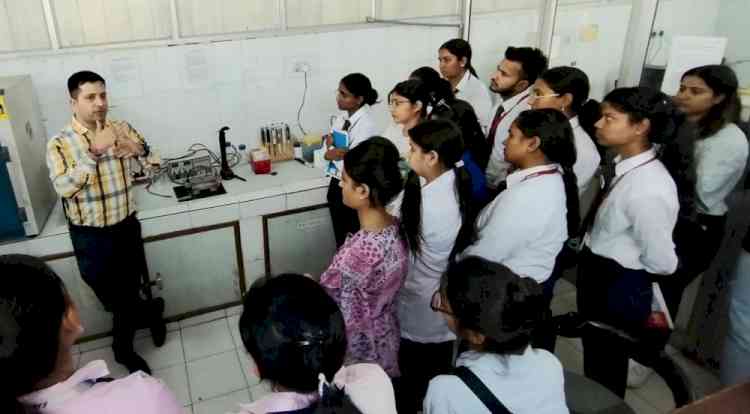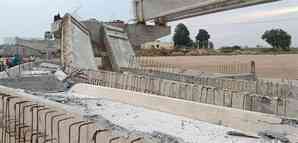Retail loans to double to Rs.96 trillion in 5 years, says an ICICI Bank – CRISIL report

Mumbai: Retail loan book of financiers in India will double to Rs. 96 trillion by March 2024, compared with Rs. 48 trillion in March 2019, according to an ICICI Bank report powered by CRISIL. The report predicts that this rapid growth will take place in the next five years on the back of increased demand for private consumption (namely home, car, consumer durables, credit cards etc), willingness of consumers to take loans, increased availability of various consumer data, improved usage of data analytics and regulatory initiatives propelling growth in low cost housing loans and MSME (Micro, Small & Medium Enterprises) loans.
Called, ‘Mining the Golden Opportunity in Retail Loans’, the report also reveals in-depth insights into growth drivers of each retail asset class and outlines the major economic, regulatory and technological interventions that will drive the expansion of the retail loans market.
According to the key highlights of the report, which was launched in Mumbai at the Bank’s headquarters on December 17, the main segment contributors for the growth are as follows:
· Mortgage loans market—normal & low cost housing and loan against property—is expected to double to Rs. 46.1 trillion in FY24
· Unsecured loans -- personal loans and credit cards—to more than double to Rs. 13.8 trillion in FY24
· Loans to MSMEs are likely to more than double to Rs. 13.2 trillion
· Vehicles—commercial vehicle, four and two-wheeler—loans are tipped to nearly double to Rs. 17.5 trillion
Mr. Anup Bagchi, Executive Director, ICICI Bank says, “India’s GDP per capita in terms of purchasing power parity (PPP) is now USD 7762. Our analysis predicts that this junction will prove to be an inflection point for the country, as it was with another large economy a few years ago. We foresee that in the next five years, the domestic retail loans market is poised to double to Rs. 96 trillion. We think that five pillars that are going to support expansion of the market are: (1) greater information availability progressively reducing the risk in lending (2) lower costs for customers due to intensifying competition (3) regulatory and government initiatives (such as the proposed public credit registry, loan co-origination by banks and non-banking financial companies, boost to affordable housing and ironing out of glitches in lending to MSMEs) (4) five-fold increase in digital lending to Rs. 15 trillion, wherein loans are sourced, underwritten and sanctioned digitally, lowering costs for financiers, and (5) reduction in operating costs due to greater usage of technology and data analytics which will, in turn, boost profitability.”
Adds Mr. Amish Mehta, Chief Operating Officer and President, CRISIL, “Growth is expected to be higher in smaller cities outside the top 50 cities. We expect players with a strong funding franchise, distribution heft, superior underwriting skills, strong focus on technology and balanced mix of secured and unsecured loans to be ahead of the pack in the retail loans sweepstakes. The top five players are foreseen continuing their dominance of the market, across asset classes. For example, in housing loans, despite the market having over 100 players, the top five players alone have a cumulative market share of over 50%.”

 cityairnews
cityairnews 

















